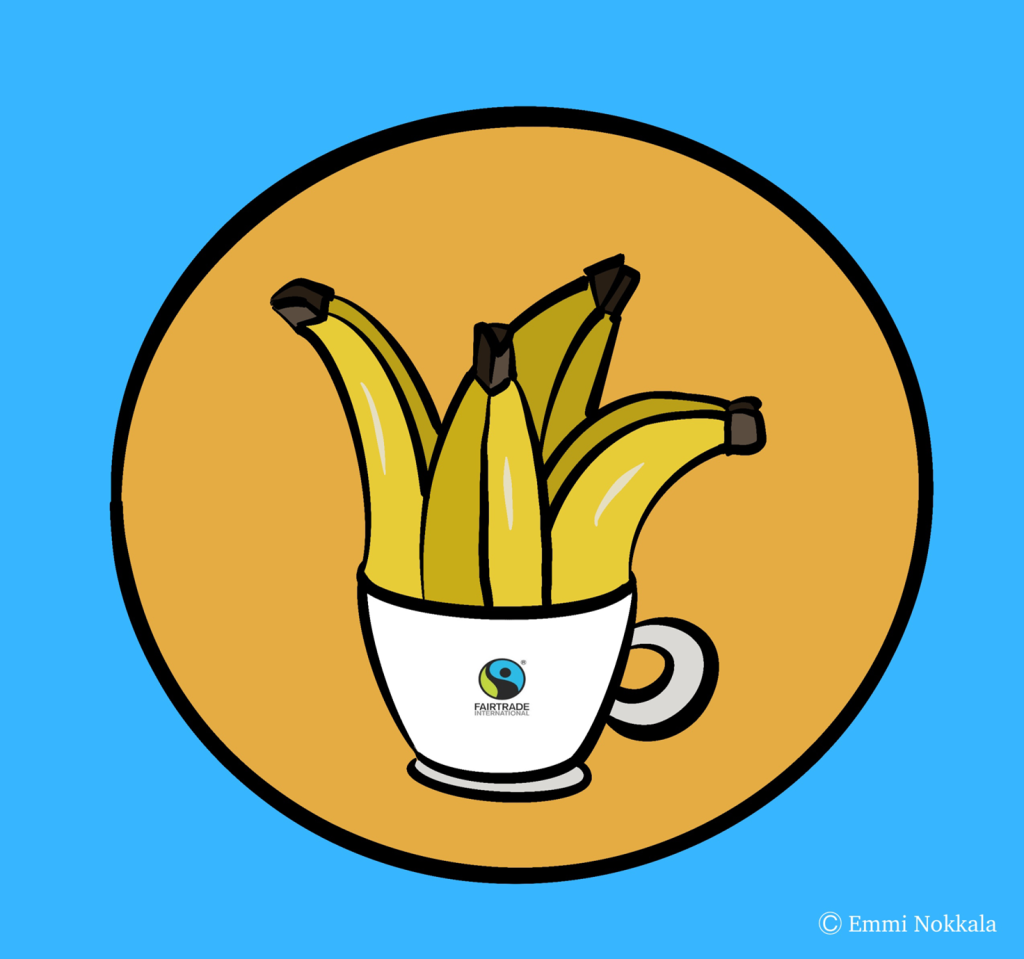Coffee production in the middle of climate change

Climate change is a danger which threatens the entire globe. As it grows stronger, it already causes the melting of glaciers, a rise in the sea levels, extreme circumstances and heatwaves. All these threaten coffee and chocolate, which Finnish people love, and their availability.
Even up to 80% of the most popular coffee varieties is grown in Latin America. It has been predicted that by the year 2050, even half of the land area required for coffee growing will be unsuitable for cultivation. Climate warming will bring increased heat and excessive rainfall, which impact on the growth possibilities of the cacao. Cacao is a sensitive plant, which does not tolerate dryness or heat, and the impacts of global warming can be seen in the increase of plant diseases and parasites. Climate change also affects the livelihood of coffee farmers, as the land areas used for coffee growing become unusable and moving to new cultivation areas is expensive. (More on the subject here.)
Drinking coffee sets the pace for the day of many Finnish people. Having a coffee in the morning, at midday and in the afternoon have become routine events for many. Finns started drinking coffee in the middle of the 18th century, when it was only available for wealthy people of good social position. Nowadays coffee is available for everyone and Finns drink annually about 1100 cups or 9.9 kg of coffee per person.
According to estimates, about a third of all food produced worldwide goes to waste. The impact of food on the climate is significant and by reducing food waste, greenhouse gas emissions can be reduced with up to 8 percent. Finnish people drink the most coffee in the world and yet a large part of the coffee we brew ends up down the drain. The most common reason is that when making coffee, people cannot estimate the amount correctly. According to a study by Natural Resources Institute Finland (2020), the share of brewed coffee was up to 13 percent of the food waste kilos recorded by households. This makes coffee the third largest food waste in Finland. Thus, every Finn throws about 1.3 kilos of coffee to waste every year.
Coffee beans are a valuable raw material and growing them requires a hefty amount of natural resources. It is easy to affect the amount of coffee waste by paying attention to your own habits in terms of coffee. Only brew the amount of coffee you will drink and drink the amount you pour in your cup. However, if coffee is nevertheless left over, you can utilize it e.g., by pouring it as a fertilizer for plants or by pouring the excess coffee into ice cube moulds and using it later to make iced coffee. In addition, when you buy coffee which has a Fairtrade label, you support better working conditions for coffee farmers and further the production of sustainable coffee.
Emmi Nokkala, Ona Vassalo, Elina Lehtinen ja Annika Markuksela
The writers are student members of the Fairtrade steering group in Turku University of Applied Sciences.
